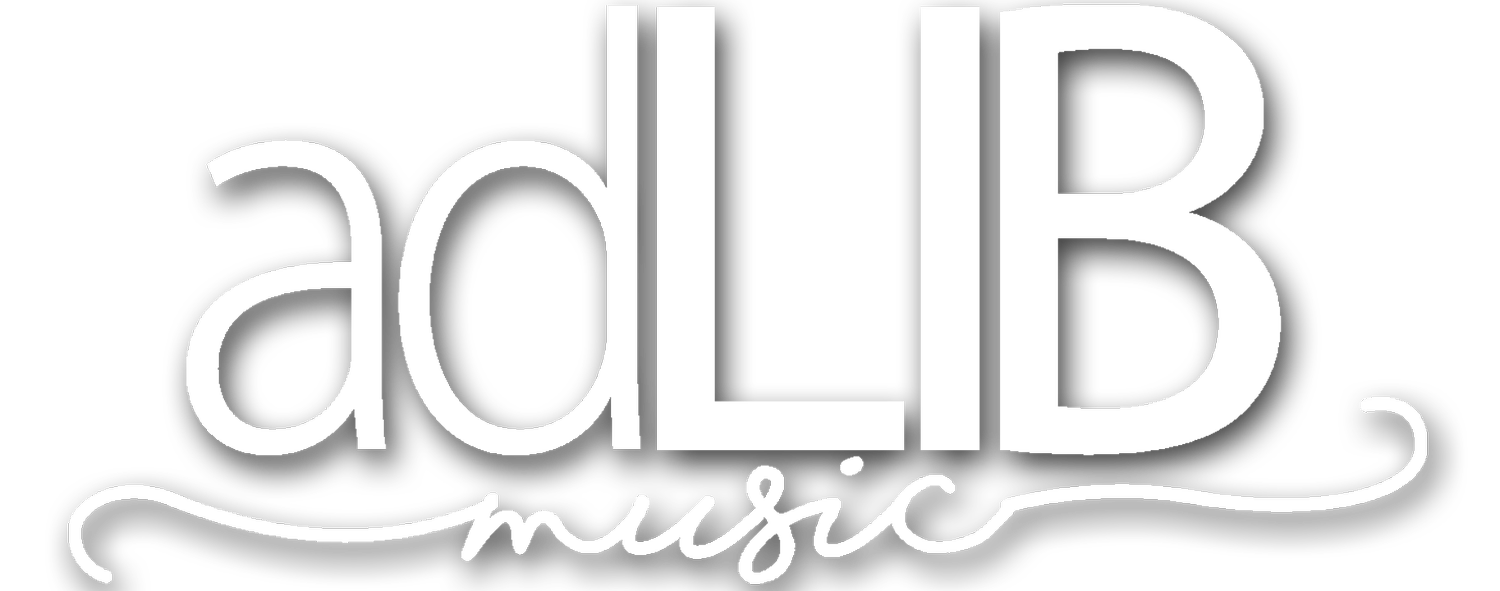Groove, Space, and Dynamics
Groove, Space, and Dynamics are three things that we can always have more of in the music we create.
No matter if you make your livelihood playing music or if you’re a newbie that just joined the worship team, it’s useful to review the fundamentals of playing music together. I’ll often use these as talking points as we begin our rehearsals.
Groove
Groove is the sense of propulsive rhythmic “feel” or sense of “swing” created by the interaction of the music played by a band’s rhythm section (drums, bass, guitar, and keyboards). (source: Wikipedia)
It requires a common pulse. We need to be feeling that underlying regularly recurring beat…maybe we’re all bobbing our heads at the same time (but not like metalheads, no offense metalheads)
It is set up by the correct tempo. Songs are written at a designated BPM (Beats Per Minute) for a reason: they work that way! (and yes, you should use a metronome or click)
We must always listen and respond to each other. Focus on interacting musically, call and response, give each musician room to shine.
Know what makes the song “work.” Is it the kick drum pattern, a down-strum pattern on the guitar, a piano riff?
Ask, “Are the parts fitting together? Do they ‘lock’ in place?” (fight for that sense of lock!)
Ask, “Are we playing on the same ‘side’ of the beat?” The more you play on the “backside” of the beat, the deeper the groove. If one of you pushes the beat and another one drags the beat (even if your both paying the identical tempo), it won’t groove.
Space
Unless you’re playing with professional musicians, you’ll need to ask for space.
The notes are as important as the space.
Ask, “Where can I add space or lay out?”
Ask, “Where am I not needed or crucial to the music?”
Ask, “Where can I let someone else shine?”
Ask, “Can I play fewer notes, beats, or sing fewer harmonies?”
Ask, “Would my part sound full if I played it alone?” If so, then it’s likely too much. Play a part that would sound too empty if played solo.
Use the 100% rule – the goal is to have a 100% song. If all five of you play 50%, you have an awful 250% song. If there are five of you, each of you can play 20%. If there are two of you, each of you plays 50%. It’s like saying “less is more” using math.
What if you had a rule that said that on every verse of every song, at least one person has to lay out?
Dynamics
Dynamics are relative. Different moments in each song should be bigger or smaller than others.
Ask, “Am I playing as ‘small’ as I can? Am I playing as ‘big’ as I can?”
Ask “Do I need to play the whole song?” “Does everyone need to start playing at the beginning of the song?” (think like a symphony)
Ask, “What number is each section?” Assign a number (1-10) to each section, for example, Intro: 8, Verse One: 4, PreChorus: 5, Chorus One: 7… (idea credit: Dan Wilt)
Here are some ideas for how to play with different dynamics on each instrument:
Piano
One hand – two hands
Block chords – moving/arpeggiated rhythms
Play a higher register – play a lower register
Play a melodic riff/pattern only – play the chords
Lay out – play
Acoustic Guitar
Capo high – no capo/full chord
Pick – strum
Muted strum – full ringing strum
Fingerpick – pick using a pick
Lay out – play
Electric Guitar
Muted strum – full ring strum
Clean – distortion/other effects
Melodic lead – strum
EBow – picked lead
Lay out – play
Bass
Play staccato – play legato
Play higher strings – play lower strings
Play whole note rhythms – play quarter, eighth, or sixteenth rhythms
Lay out – play
Drums
Hi-hat/kick pattern – hi-hat/snare/kick pattern
Closed hi-hat – open hi-hat or crash “hi-hat”
Straight groove/beat – lots of fills
Use lighter sticks/hot rods – heavier/wood sticks
Lay out – play
Aux instruments
If you play woodwind, strings, or brass, please don’t play all the time! You’re beautiful, really, but hearing a wondering clarinet through a whole set just does not help the overall sound. A flute is the ketchup, not the burger.
Vocals
Sing light and breathy – sing with full voice
Sing melody – sing harmony
Sing lower in your register – sing higher in your register
Lay out – sing
Here’s to creating consistently fantastic music together as we worship!
-Dave Helmuth
(purchase my book, "Worship Fertilizer: (the first hundred)" HERE)
Groove, Space, and Dynamics (Nº 13)

